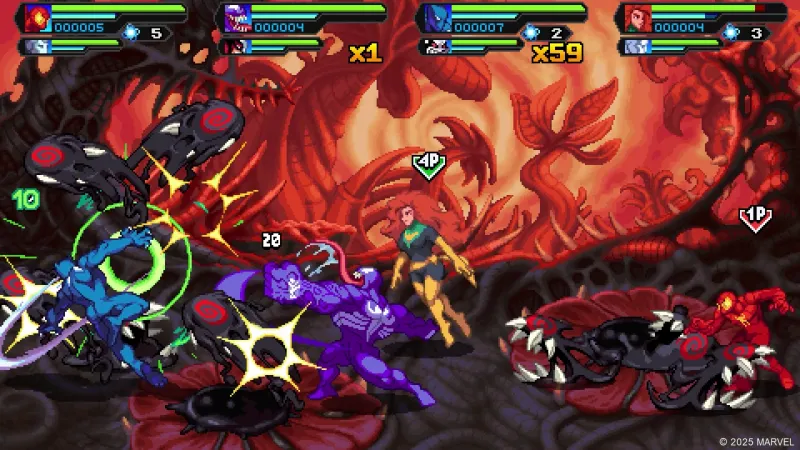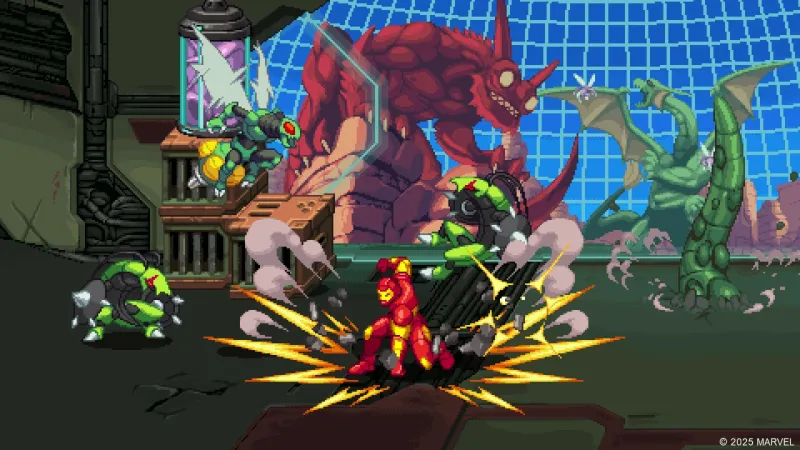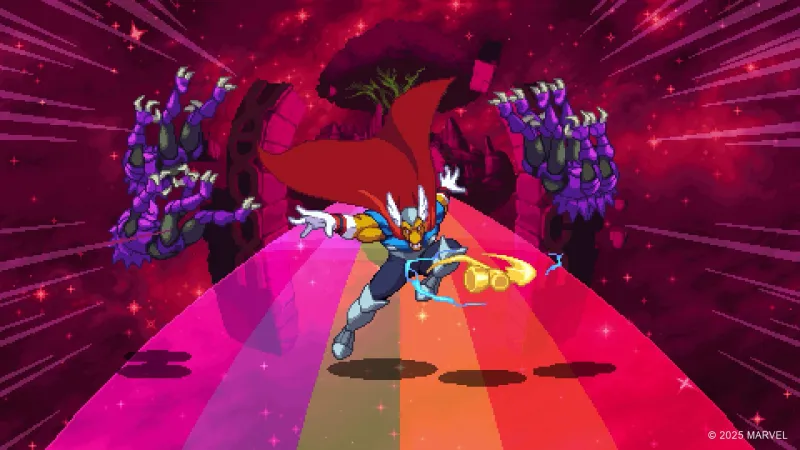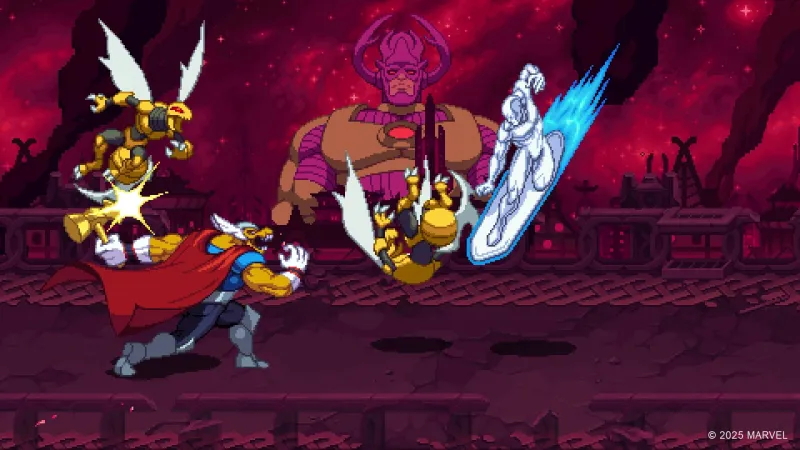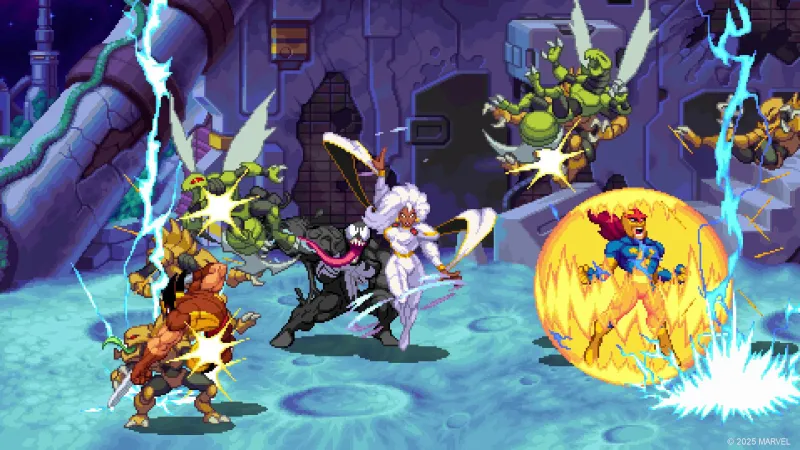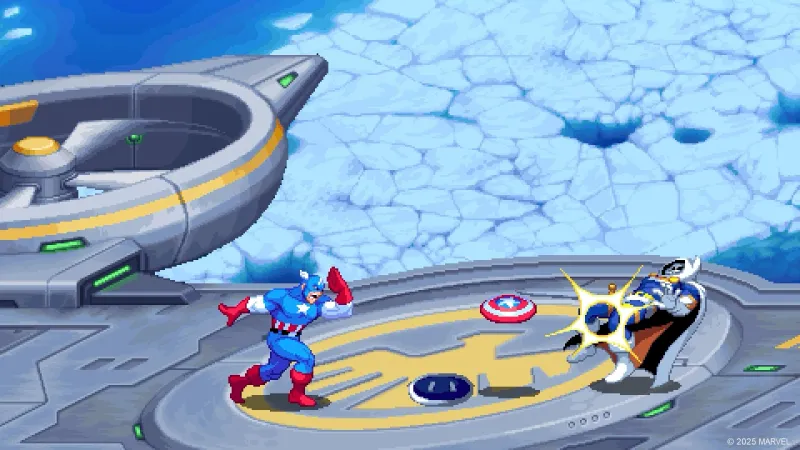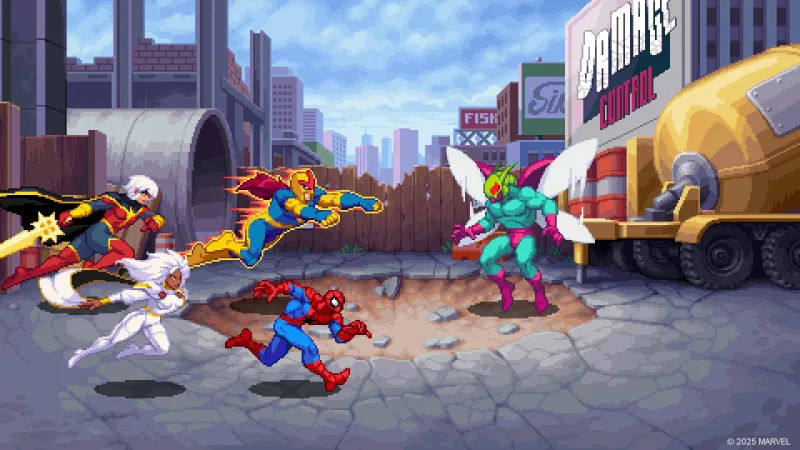Reading List
The most recent articles from a list of feeds I subscribe to.
Paramount Announces A New 'Sonic Universe' Film For Holiday 2028
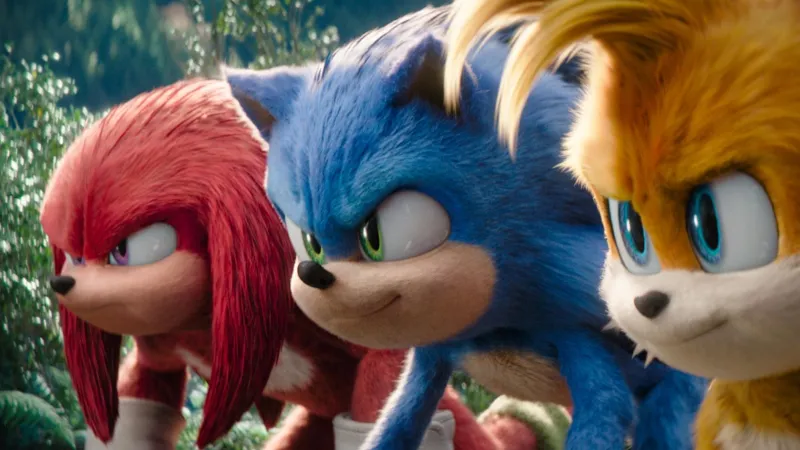
Paramount has announced a new live-action Sonic film slated to release during the 2028 holiday season. The film is being dubbed as a “Sonic universe” movie, suggesting it could be some type of spin-off instead of a direct numbered sequel.
Per Deadline, all we know about this yet-to-be-titled fifth Sonic film project is that it will be produced by Mortiz’s Original Film and Sega Sammy Group. The project does not have a director attached, nor an announced cast. The previous three Sonic movies have all been directed by Jeff Fowler and have starred Ben Schwartz as Sonic, Jim Carrey as Dr. Robotnik, James Marsden as Tom Wachowski, with Idris Elba and Colleen O'Shaughnessey as Knuckles and Tails, respectively.
Whatever form this movie takes, it will arrive over a year after the already announced Sonic the Hedgehog 4, scheduled to hit theaters on March 19, 2027. Though it may be a little strange to announce another Sonic movie when we hardly know anything about the next one, it's not unexpected given the box office successes of the last three films. The Sonic film trilogy has grossed a combined $1.2 billion.
Your guess is as good as ours as to what this Sonic universe film will be. Is it merely Sonic 5, or a spin-off starring a different character à la the Paramount+ Knuckles series? Let us know what you think in the comments.
[Source: Deadline]
Game Director David Grivel Rejoins Splinter Cell Remake After Leaving In Late 2022
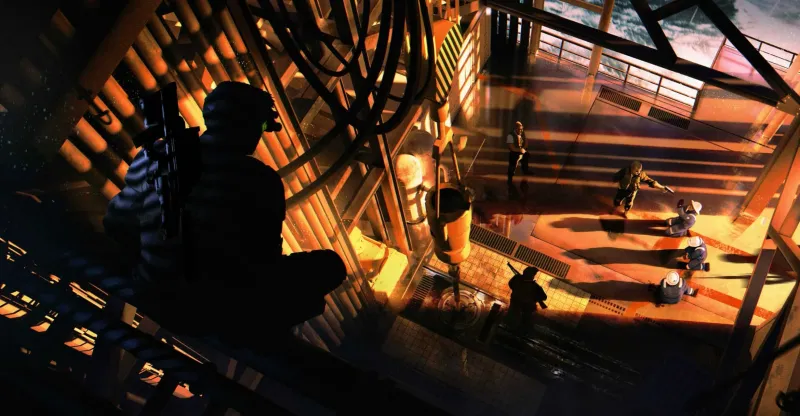
It's been nearly four years since Ubisoft announced its Splinter Cell remake, but the developer doesn't have much to show off quite yet, outside of a few pieces of concept art. Last week, however, we did get a minor production update on the project from someone with firsthand knowledge of the game. David Grivel is returning as Splinter Cell remake's game director, a role he held years ago before leaving to work at EA.
"Today, I am very, VERY happy to announce that I'm rejoining Ubisoft Toronto as Game Director on the Splinter Cell Remake!" Grivel's LinkedIn post announcing the news reads. "A very special team and project to me," the message concludes, complete with a heart emoji. (Thanks to GamesRadar, which noticed this post before we did.)
According to his LinkedIn profile, Grivel worked at Ubisoft from 2011 to 2022, spending most of his time at the Toronto offices as a senior or lead game designer, with credits on projects like Assassin's Creed Unity, Far Cry 5, 6, and Primal, and most importantly, Splinter Cell: Blacklist. Starting in 2021, he transitioned to being the game director on the Splinter Cell remake, a position he held until late 2022, when he left to work on Battlefield 6. He briefly returned to Ubisoft in 2024, but left to join a studio, Worlds Untold, that unfortunately shut down right as he was supposed to be starting.
Now, Grivel has returned to the team he left three years ago, though it's unclear what, if anything , this means for the remake, especially since the last update came a month or so after he left, before any real impact would have been clear. At the very least, it's a sign of life that confirms Ubisoft still intends to follow through with the project. Here's hoping we'll see a more concrete update sometime soon.
[Source: GamesRadar]
The Polls Are Closed For The Reader Game Of The Year 2025 Vote
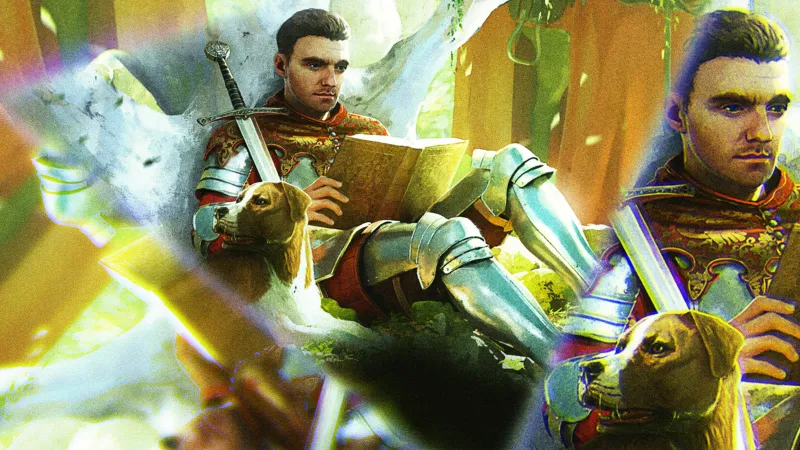
Update, 12/1/25:
The polls are now closed! Thanks for voting and look out for the results in the next issue of the magazine!
Original story, 11/13/25:
The year is coming to a close, which means it's time yell at each other over Discord and decide the best game of 2025 to crown the ultimate champion. Will it be Clair Obscur: Expedition 33? Or maybe Hades II? What about Shadow Labyrinth, the Pac-Man search action game? We will be sharing our picks for game of the year and other end-of-year awards in the next issue of Game Informer magazine with (you really think I would spoil it here?) on the cover, but we also want to hear from our readers and share your favorites of 2025.
To do that, we ask that you fill out the poll below. Send us your personal list of 2025's five best games, and we will gather everyone's information and share the result in the next issue. We use ranked positional voting – the Borda count method – to gather the results. You have until the end of November to submit your list. We can't wait to see how your picks compare to ours!
Note: Google has been reporting some intermittent issues, so if you're having trouble seeing the form, please check back later. The poll will be live until the end of November.
Marvel Cosmic Invasion Review – Making The Dream Work
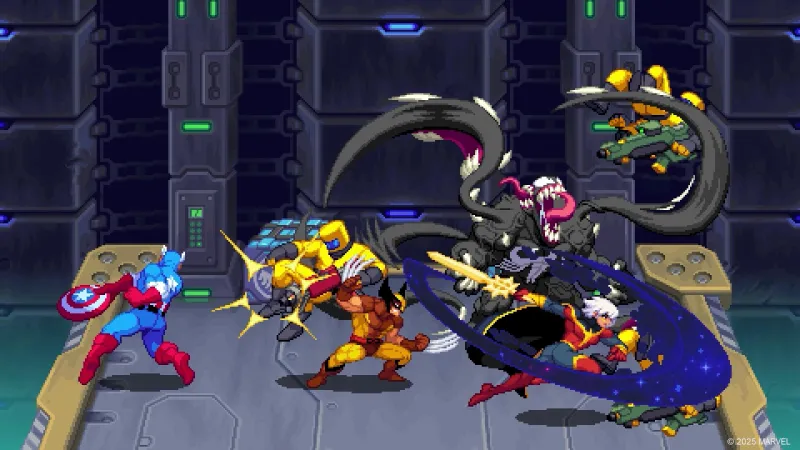
Reviewed on:
PlayStation 5
Platform:
PlayStation 5, Xbox Series X/S, PlayStation 4, Xbox One, Switch, PC
Publisher:
Dotemu
Developer:
Tribute Games
Release:
Rating:
Everyone 10+
Tribute Games, creators of Teenage Mutant Ninja Turtles: Shredder's Revenge, know how to spice up the easily bland beat ‘em up genre like few studios can, and Marvel Cosmic Invasion is no exception. Injecting tag-team mechanics reminiscent of the Marvel tag fighters adds a fun layer of strategy and chaos to this intergalactic smackdown, creating a retro-inspired treat comic fans shouldn’t miss.
When the evil Annihilus hatches a plot to take over the galaxy, a collective of heroes, from iconic names like Spider-Man, Captain America, and Wolverine to space-faring saviors like Phyla-Vell, Nova, and Silver Surfer, stand up to oppose him. As a comic book fan, I appreciate the roster’s diversity in featuring names less-utilized in games like She-Hulk, Beta-Ray Bill, and the more modern Cosmic Ghost Rider. The sprites look great and are animated just as well, and voice performances capture the endearingly cheesy bombast more reminiscent of the source material rather than their TV/film counterparts.
Marvel Cosmic Invasion’s story campaign is a succinct but fun romp through comic lore, featuring varied locations on Earth and beyond. I got a kick out of clipping the wings of Sauron in the Savage Land and taking on Knull and his symbiote army on Klyntar, and the stages are chock full of fun references for comic fans, new and old. The combat retains the genre’s appealing approachability while boasting enough mechanical depth to be more engaging than most contemporaries. Pummeling and air-juggling scores of A.I.M. goons or alien bug warriors feels great, but the kicker is tagging in a partner for a quick assist attack to extend combo strings. This tandem action is simple to execute yet consistently satisfying to pull off. I also like how stage hazards and enemies, particularly the tough boss battles, offer entertaining tests of your defensive abilities, such as blocking, dodging, and parrying.
Characters feel mechanically distinct and true to themselves, and their special abilities encourage strategic play. I love tossing Cap’s shield to ricochet off multiple targets or hurling Beta-Ray Bill’s hammer, Stormbreaker, which spins independently and can stun-lock foes indefinitely until it's recalled. Telepathically tossing threats into pits as Phoenix always feels empowering, and Rocket’s randomized roster of grenades is a chaotic element of chance. The ability to fly, utilized by heroes like Storm, Iron Man, and others, is a nice remedy for the historically pesky flying enemies.
Mindlessly obliterating everything that moves yields some success (mostly when playing with others), but I appreciate how the sheer number of threats that sport their own effective defenses pushed me to learn my characters and play more thoughtfully. Like fighting games, finding your "mains" becomes key after sampling their various charge attacks, launchers, defensive moves, and special attacks. Though I enjoyed playing as every hero to some degree, Captain America, Spider-Man, Phyla-Vell, Cosmic Ghost Rider, and Silver Surfer became my standouts. However, and to the game's credit, there's no real wrong answer when it comes to choosing a hero; they're all fun in their own, unique ways.
Optional stage challenges effectively encourage a mastery of certain moves and strategies. The reward of unlockable bonuses, like character palette swaps, music tracks, and lore entries, is a sufficient carrot to dangle. Leveling up heroes through play improves their stats and unlocks new passive abilities, adding a nice sense of progression and growth to a typically stagnant genre. I like using my powered-up favorites to overcome tougher adversaries.
Swapping characters and mastering tag team synergies also makes this one of the most enjoyable brawlers I’ve ever played alone, but that’s still not the optimal way to experience this game. Believe it or not, beat ‘em ups are more fun with other people, and having four players controlling eight heroes leaping in and out of battle at once is a raucous blast, whether playing locally or in the well-implemented drop-in/drop-out online play.
Marvel Cosmic Invasion follows in the footsteps of Shredder’s Revenge by offering a smartly modernized take on the arcade games of yesteryear. It’s not the deepest package, nor does it completely shatter this genre’s reliable mold, but anyone bearing a nostalgia for the Marvel arcade brawlers of old will have a great time smacking around villains as Earth’s – and the galaxy’s – mightiest heroes.
Score: 8.5
The Top 10 Nintendo Switch 2 Games

Nintendo’s latest console has only been in our hands for about six months, but it has been hugely successful. But more important than how it is selling is how many good games it already has. Along with the full Switch 1 library playable on the system, there are plenty of great native Switch 2 games, and more slated for the rest of the year. Below you will find a top 10 of our favorite Switch 2 games (and one Switch 1 game that you should play on Switch 2).
Please note that while the list below contains 10 entries, we aren’t ranking them. If a game has made it this far (and managed to stay here), it’s a must-play, period. As such, we’ll be listing entries in chronological release order. Also, with future updates, you’ll find a rundown of previous entries at the bottom of the list. While those titles have gotten bumped over time, they are still all great games in their own right and worth exploring if you’re already caught up on the latest hits.
Here are Game Informer’s picks for the top 10 games on Switch 2:
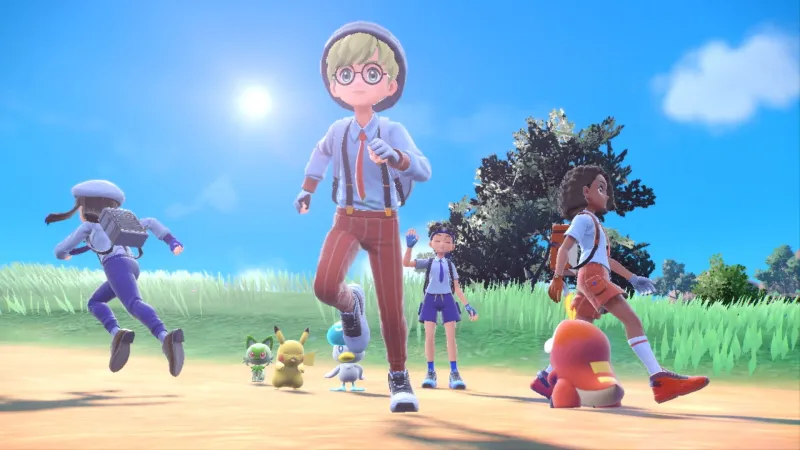
Pokémon Scarlet & Violet
Pokémon Scarlet & Violet is the only game on this list that does not have a native Switch 2 version. We are admittedly giving it special treatment by offering it a spot here, but it is arguably the Switch game that most benefits from the updates offered by Nintendo’s new hardware. When it was released in 2022, we could see there was a good, novel Pokémon game hidden behind its myriad technical issues, and playing it Switch 2 finally elevates it to where it should have always been. | Our Review
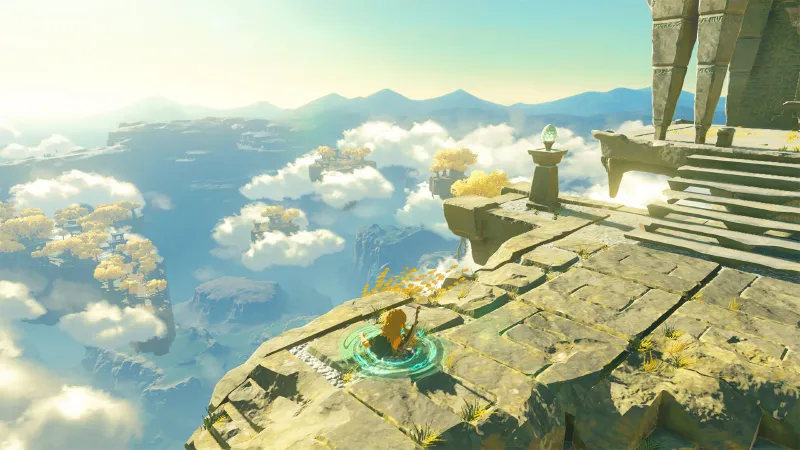
The Legend of Zelda: Tears of the Kingdom - Nintendo Switch 2 Edition
Tears of the Kingdom is a masterpiece, as is the game that came before it, Breath of the Wild. Its open world is vast and interesting, making it embarrassingly easy to get lost in its adventure. If you happened to skip the previous Nintendo generation and want to play the best Nintendo has to offer, you can’t go wrong with either the Switch 2 upgraded versions of Breath of the Wild or Tears of the Kingdom, but we’re giving the most recent of the two the edge thanks to the creativity afforded by Ultrahand. | Our Review
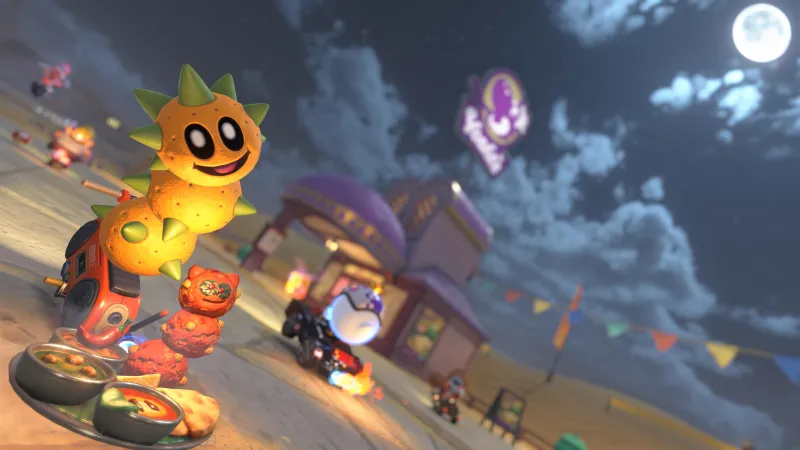
Mario Kart World
It may be illegal to own a Nintendo console without a copy of its accompanying Mario Kart. Thankfully, the latest entry, which was available day one for the Switch 2, is a worthy entry into Mario’s racing canon. New abilities make it a blast to play alone or with others, and the open world offers fun distractions when you’d rather drive around alone. Throw in arguably the best Rainbow Road in the series, and you have a game that will undoubtedly endure for years to come. | Our Review
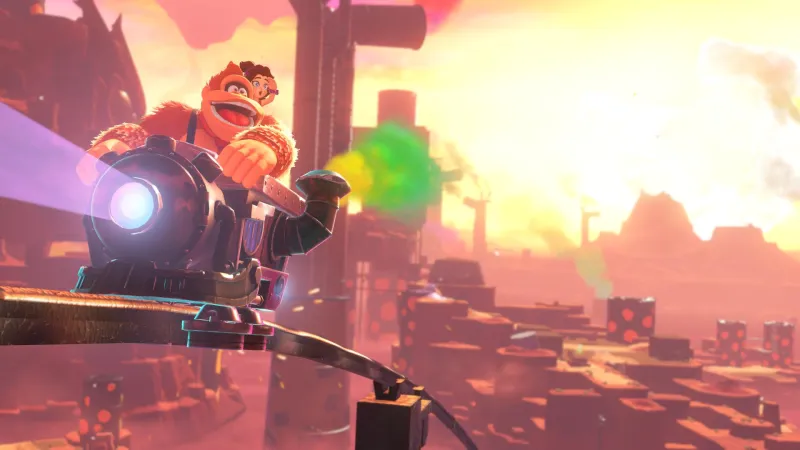
Donkey Kong Bananza
Donkey Kong is no stranger to starring in his own games, but Bananza is the biggest and most bombastic adventure the ape has ever experienced. Diving deeper and deeper into the world is rewarding, and the ability to destroy just about everything never gets old. Bananza simply has that secret, undefinable sauce that Nintendo is so good at creating, where playing the game is just a joyful experience. We highly encourage players to see the game to the end, as the conclusion is the ecstatic highlight of the whole experience. | Our Review
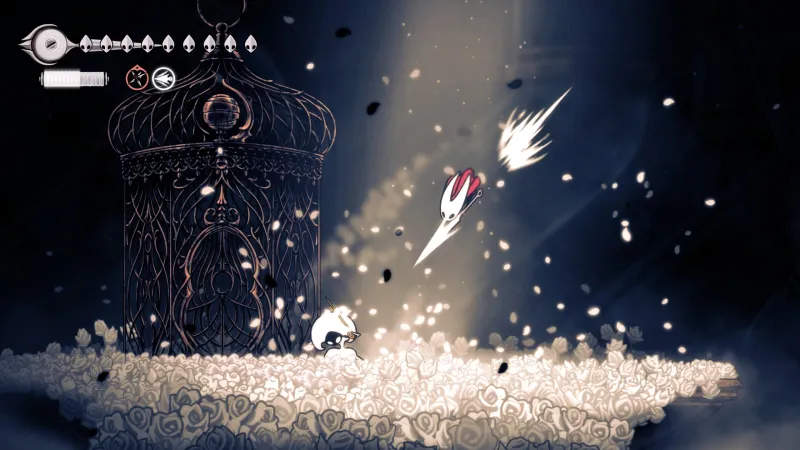
Hollow Knight: Silksong
The wait for Hollow Knight’s sequel was long, but worthwhile. Silksong is the result of a talented developer deciding that its planned DLC is worthy of being a much larger, full game, and it took the time to bring it to fruition. When we finally got the game in September, we found an incredibly challenging but undeniably rewarding adventure brimming with secrets. The Switch 2 version is particularly nice with high frame rates and, of course, the Switch 2’s portability. | Our Review
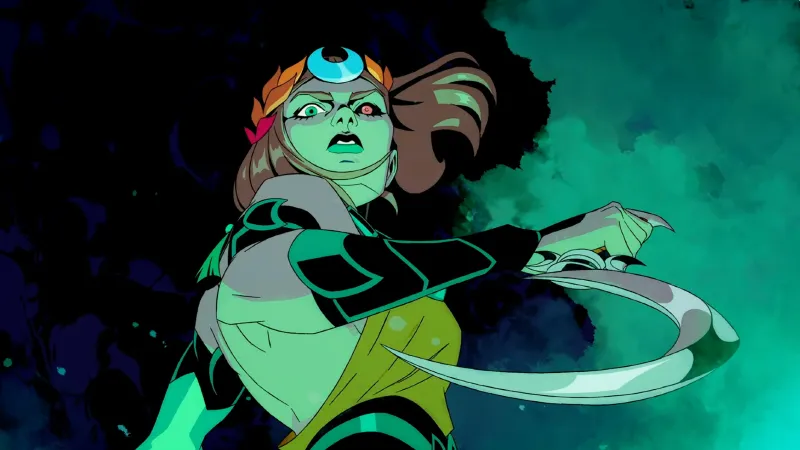
Hades II
We awarded Hades II the rare 10/10 Game Informer review score, a distinction we don’t take lightly, for good reason. The Hades follow-up from developer Supergiant takes what was so successful about the original game, and iterates on all of its elements for a new adventure with a new protagonist who has all-new abilities and motivations. Playing as Melinoë is a blast, the game looks beautiful, and it sounds even better. | Our Review

Final Fantasy Tactics – The Ivalice Chronicles
Final Fantasy Tactics has always been a fantastic game and is often cited as the best spin-off of the franchise. The remake (or maybe it’s a remaster – the definition is muddy) proves that the original’s ingenious design holds up after all these years, and the new additions, though sparingly included, are worthwhile. It may not be the first time Final Fantasy Tactics has been portable (its PSP port and the Game Boy Advance follow-ups are also very good), but we’re grateful to have an updated version of this classic on Nintendo’s platform. | Our Review
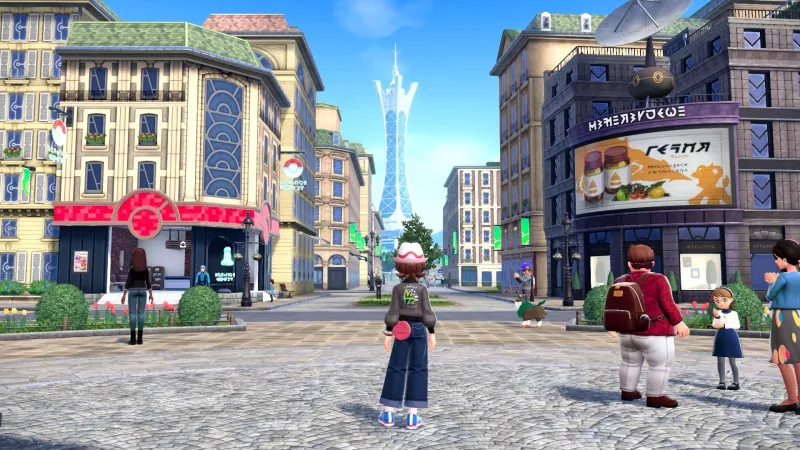
Pokémon Legends: Z-A
Perhaps it’s surprising to feature multiple Pokémon games on a contained list of our favorite Nintendo games, but there is a reason it is literally the most successful intellectual property of all time. While Scarlet & Violet offer something closer to a traditional Pokémon experience, Legends: Z-A successfully infuses more action and freedom into the historically turn-based series. | Our Review
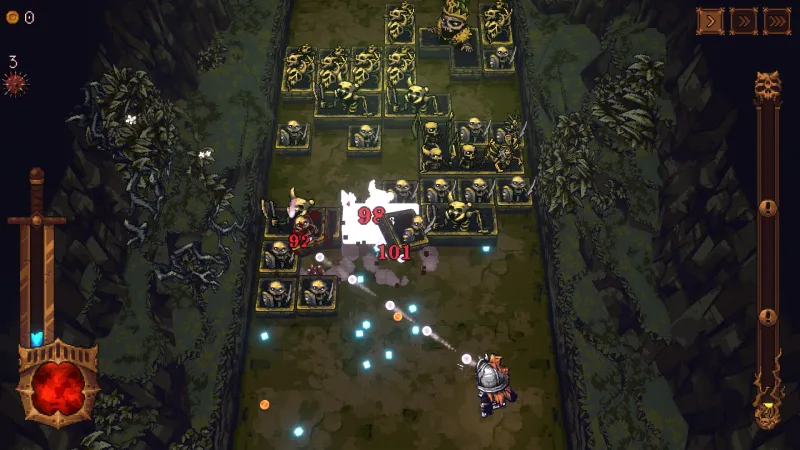
Ball x Pit
A common refrain among Ball x Pit players is frustration. The game isn’t annoying or unfair – it’s just very difficult to stop playing. It is a member of the burgeoning genre of games taking clear inspiration from Vampire Survivors. In it, you play a modern take on the classic arcade game, Breakout, where bouncing balls eliminate enemies as you progress upward. It’s an incredibly replayable and engaging system that is buoyed further by the loop of building out a town between runs. | Our Review

Kirby Air Riders
In 2003, Super Smash Bros. and Kirby creator Masahiro Sakurai released a racing game for GameCube that became a bit of a cult classic. Its one-button racing mechanics were odd, but compelling, but we never imagined it would receive a sequel. Now, in 2025, on Nintendo’s latest console, Kirby Air Riders is here, and it is full of the Sakurai action, chaos, and charm that have come to define his engaging style. We may not have a native Switch 2 Smash Bros. yet, but Kirby Air Riders has the style and tone of the fighting game, but in a different genre. | Our Review
For more lists about the best games on other platforms, check out our lists of the top 10 games on PlayStation 5, Xbox Series X/S, PlayStation 4, Xbox One, and Switch.
Other games up for consideration:
- Bravely Default: Flying Fairy HD Remaster
- Hyrule Warriors: Age of Imprisonment
- The Legend of Zelda: Breath of the Wild - Nintendo Switch 2 Edition
- Sonic Racing: CrossWorlds
